#Tláloc
Text
Oración a Tláloc para que traiga las lluvias en este Xopaniztempan:
-En México pedimos en préstamo al Señor
-Tú, mi Señor, Príncipe Hechicero
-Que para nosotros haces el sustento
-Y del Tlalocan, casa de turquesas, has de salir
-Ve y extiéndete por todo el Cemanáhuac
-Y llena de vida la tierra, que es fértil
42 notes
·
View notes
Text

5 notes
·
View notes
Photo

Templo Mayor
El Templo Mayor o Gran Templo (llamado Hueteocalli por los aztecas) dominaba el recinto sagrado central de la capital azteca, Tenochtitlán. Rematado por dos templos gemelos dedicados al Huitzilopochtli, el dios de la guerra, y Tláloc, el dios de la lluvia, era el foco de la religión azteca y el centro mismo del mundo azteca. También era el escenario de celebraciones estatales como las coronaciones, y el lugar en el que se celebraron incontables sacrificios humanos porque se pensaba que la sangre de las víctimas alimentaría y apaciguaría a los dos grandes dioses a los que estaba dedicado el templo.
Sigue leyendo...
2 notes
·
View notes
Text
Presentación de Danza: Evocación Mitológica
Presentación de danza "Evocación Mitológica" de la Compañía Nacional de Danza de El Salvador, frente al Teatro Nacional de San Salvador, el domingo 6 de agosto del 2023.
https://wp.me/p8W5Bg-eO
Presentación de la danza abstracta “Evocación Mitológica” de la Compañía Nacional de Danza de El Salvador, fue realizada en la fachada del Teatro Nacional de San Salvador, el día domingo 6 de agosto del 2023 a las cuatro de la tarde.
La puesta en escena consta de seis partes, en las cuales los bailarines no representan ningún personaje en particular y permiten la interpretación subjetiva de la…

View On WordPress
#Centro Histórico de San Salvador#Compañía Nacional de Danza#Danza#El Salvador#Plaza Morazán#SamuelSuiri#Tláloc
0 notes
Text
Ante Lluvias, SSPC de la Capital Activó el Operativo Tláloc
** El objetivo es evitar riesgos ante las lluvias de este viernes. Diversas vialidades fueron cerradas a la circulación y mantiene la vigilancia para auxiliar a la población en casos de emergencia.
San Luis Potosí, S.L.P. / Com Soc / Septiembre 6 de 2024.- Ante las lluvias persistente que se registraron desde las primeras horas de este viernes 6 de septiembre, la Secretaría de Seguridad y…
0 notes
Photo
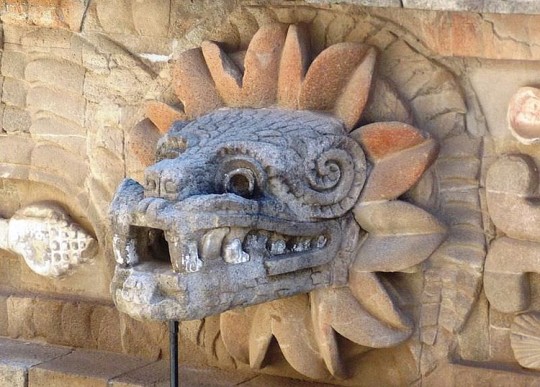
Quetzalcóatl
Quetzalcóatl (pron. Quet-zal-co-at) or 'Plumed Serpent' was one of the most important gods in ancient Mesoamerica. Quetzalcóatl was the god of winds and rain, and the creator of the world and humanity. A mix of bird and rattlesnake, his name is a combination of the Nahuatl words quetzal (the emerald plumed bird) and coatl (serpent).
In Central Mexico from 1200, the feathered serpent god was considered the patron god of priests and merchants as well as the god of learning, science, agriculture, crafts and the arts. He also invented the calendar, was identified with the Morning Star Venus, the rising morning star, he was associated with opossums and even discovered corn (maize) with the help of giant red ant that led him to a mountain packed full of grain and seeds. He was known as Kukulkán to the Maya, Gucumatz to the Quiché of Guatemala, and Ehecatl to the Gulf Coast Huastecs.
Quetzalcóatl was the son of the primordial androgynous god Ometeotl. In Aztec mythology he was the brother of Tezcatlipoca, Huizilopochtli and Xipe Totec. He is the 9th of the 13 Lords of the Day and is often associated with the rain god Tláloc. The god was particularly associated with the sacred site of Cholula, an important place of pilgrimage from 1200, and all round buildings of the Aztec culture were dedicated to the deity.
A Creator God
In the Late Postclassical period (from 1200) in Central Mexico the god came to be strongly associated with the wind (in particular as a bringer of rain clouds) and as the creator god Ehecatl-Quetzalcóatl. In Postclassical Nahua tradition Quetzalcóatl is also the creator of the cosmos along with either his brother Tezcatlipoca or Huitzilopochtli and is one of the four sons of Tonacateuctli and Tonacacihuatl, the original creator gods. After waiting for 600 years this aged couple instructed Quetzalcóatl to create the world. In some versions of the myth Quetzalcóatl and Tezcatlipoca repeatedly fight each other and as a consequence the four ages are created and destroyed with each successive battle between the two gods.
In an alternative version of creation Quetzalcóatl and Tezcatlipoca are more cooperative and together they create the sun, the first man and woman, fire and the rain gods. The pair of gods had created the earth and the sky when they transformed themselves into huge snakes and ripped in two the female reptilian monster known as Tlaltcuhtli (or Cipactli), one part becoming the earth and the other the sky. Trees, plants and flowers sprang from the dead creature's hair and skin whilst springs and caves were made from her eyes and nose and the valleys and mountains came from her mouth. In some versions of the story the divine spirit of Cipactli was understandably upset to have lost her physical body in such a brutal attack and the only way to appease her was through the sacrifice of blood and hearts and so one of the more unpalatable practices of ancient Mesoamerican culture, the ritual of human sacrifice, was justified.
Continue reading...
127 notes
·
View notes
Text
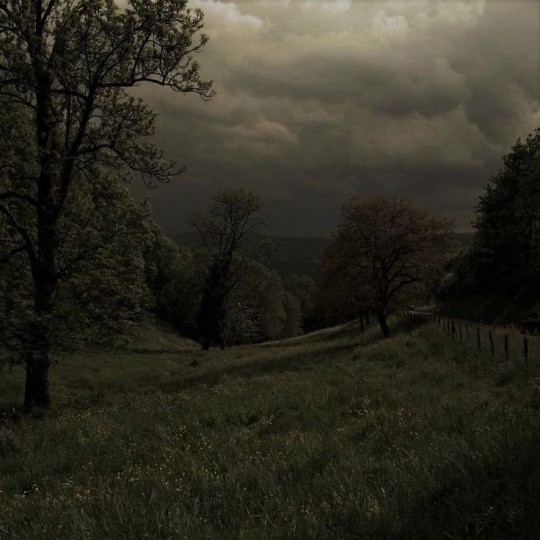

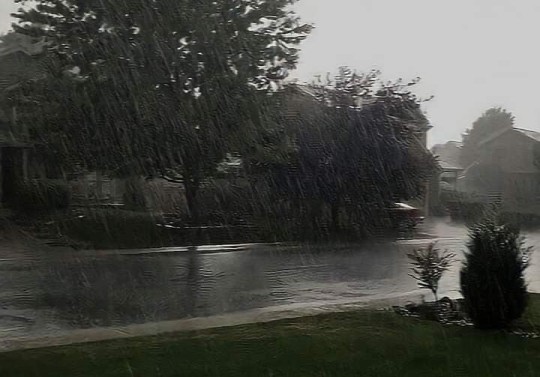
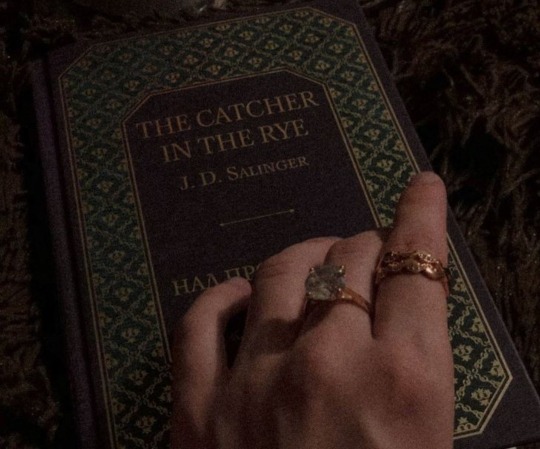

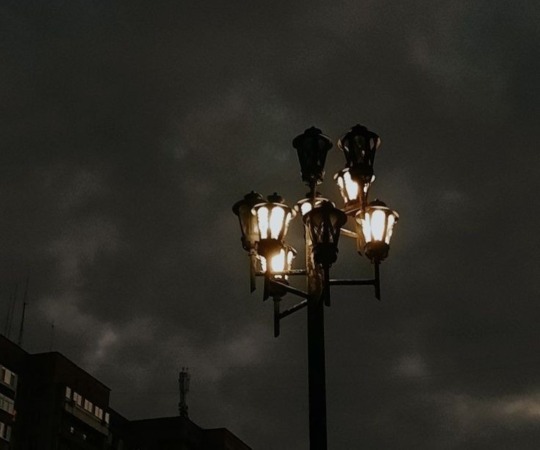

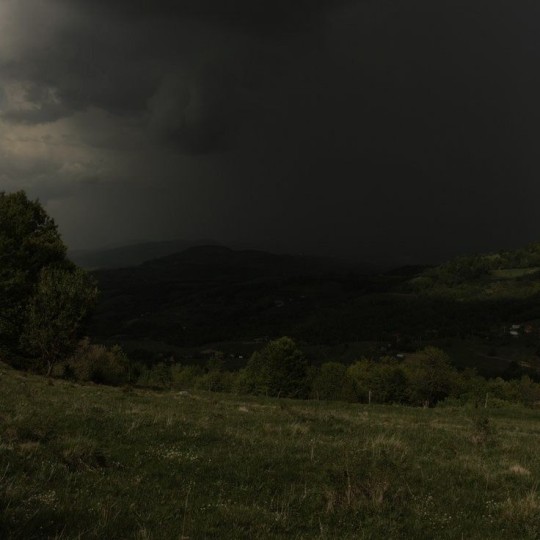
Did you know Tláloc? He's one of the most important and formidable gods in the Aztec pantheon! He was considered the god of rain, water, lightning and agriculture. His name derives from the Nahuatl words tlali meaning 'earth' and oc meaning 'something on the surface'. However, the origins of the god are probably much earlier as he shares many similarities with the Olmec God IV and the Mayan God B or Chac. In the various Mesoamerican cultures Tláloc appears as Dzahui for the Mixtec and Tajίn for the Totonac. Oh, I'm rambling, sorry.
#spencer reid#criminal minds#spencer reid criminal minds#spencer reid fluff#spencer reid x reader#spencer reid x you#criminal minds moodboard#spencer reid moodboard#mgg pics#spencer reid aesthetic#spencer reid fanfiction#spencer reid fanfic#spencer reid fic#spencer reid gif#spencer reid headcanon#spencer reid icon#spencer reid imagine#spencer reid gifs#spencer reid x self insert#spencer reid x y/n#spencer reid x oc#criminal minds fluff#criminal minds imagine#criminal minds fanfic#criminal minds x reader#mgg moodboard#crimina minds moodboard#mgg x reader#mgg fluff#spencer reid smut
103 notes
·
View notes
Text



Sculpture of a Toltec Warrior from Tula, Mexico dated between 900 - 1250 on display at the National Museum of Anthropology in Mexico City, Mexico
This sculpture shows a Toltec warrior carrying a spear in his right hand, a diadem headdress and triangular breastplate similar to the Tula breastplate. The warrior is linked with the Tláloc warrior cult, which were thought to be a religious order connected with the Mesoamerican god.
Photographs taken by myself 2023
#military history#art#archaeology#armour#toltec empire#medieval#mexico#mexican#fashion#national museum of anthropology#mexico city#barbucomedie
44 notes
·
View notes
Text
Imagina ser un dios y q todo los viernes te echen un sacrificio como si fuera carne asada

Tal vez ponga al Díos Tláloc como Lunar, idk
7 notes
·
View notes
Text
El Monolito de Tláloc fue cuidadosamente extraído de su sitio original utilizando maquinaria especializada y equipos de arqueólogos. Se realizó un proceso de excavación para asegurarse de que la pieza se trasladara de manera segura.
39 notes
·
View notes
Text
Y una vez más, todo está bajo control gracias a Tláloc:

15 notes
·
View notes
Text

Tláloc - Héctor García Cobo (1964)
#cuerpo#foto#paisaje#agua#body#photo#photography#fotografía#Héctor García Cobo#México#blanco y negro#black and white#arte#art#landscape#water
6 notes
·
View notes
Text
Presentación de Danza: Evocación Mitológica
Presentación de la danza abstracta “Evocación Mitológica” de la Compañía Nacional de Danza de El Salvador, fue realizada en la fachada del Teatro Nacional de San Salvador, el día domingo 6 de agosto del 2023 a las cuatro de la tarde.
La puesta en escena consta se tres partes, en las cuales los bailarines no representan ningún personaje en particular y permiten la interpretación subjetiva de la…
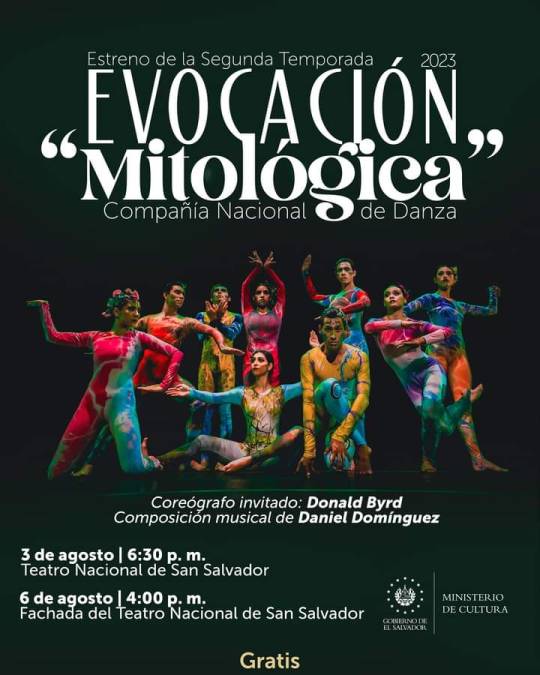
View On WordPress
#Centro Histórico de San Salvador#Compañía Nacional de Danza#Danza#El Salvador#Plaza Morazán#SamuelSuiri#Tláloc
0 notes
Text
The more I see about divinekinnity or angelkinnity, the more I have to sit here and truly think about how different my divinity is from the "norm." Yet, I realize, my divinity is the same as divinity has always been. It is merely... older.
It feels, to me, as though divinity has been... cleansed in the modern day. The days of reverence and fear towards deities such as Sekhmet, Hades, Kali, Ahriman, and Huitzilopochtli have passed. Folks expect kind deities. Deities who seek only the good of humanity, respond with only benevolence. But things were not always that way.
In the days of the Ancient Greeks, Apollo was feared by both deity and human alike. A surprise, isn't it? It mattered not that he wasn't the deity of war or some other terror-striking concept. He was the deity of prophecy, music, archery, art, healing... and yet, even the gods feared him. Because he was vindictive. He was spiteful. He was vengeful and cruel.
Tláloc, the Aztec deity of rain, fertility, and agriculture, was a deity widely considered benevolent. Yet, he was also greatly feared among the Aztec people, for he could cause floods, drought, or lightning if angered. He was considered to be temperamental and even cruel at times as well.
All that to say... the gods have never been without their anger. Without their spite and wrath and cruelty. Even those deemed benevolent or kind. They held great power, and they were well inclined to use it.
I shouldn't have to feel shame for my divinity. For the violence and cruelty that I embody. I shouldn't have to scrub these bloodstained hands clean. They are a part of me. I am the carnal. The grotesque. The brutal. My divinity is bathed in dirt and ash, it is not pure and white. My divinity is my violence.
That's not even a new concept. Ares was the Greek god of war, yes, but Enyo, his companion, was the goddess of war, bloodshed, and violence. She reveled in the drawing of blood, was said to be a terror on the battlefield. During the fall of Troy, she was said to fight any man who she came across. She fought not for sides, but to fight. To revel in violence.
There are very few deities that have not been cruel, violent, angry. I should not have to feel ashamed for it. I should not have to feel different for it.
My divinity is my violence and I think that is wonderful.
#statchispeaks#does this even make sense...? I sure hope so#half rambling at this point if I'm honest#I've simply been... thinking a lot about this#I could dive further into these thoughts but I feel it's likely best that I don't#godkin#deitykin#divinekin
5 notes
·
View notes
Text
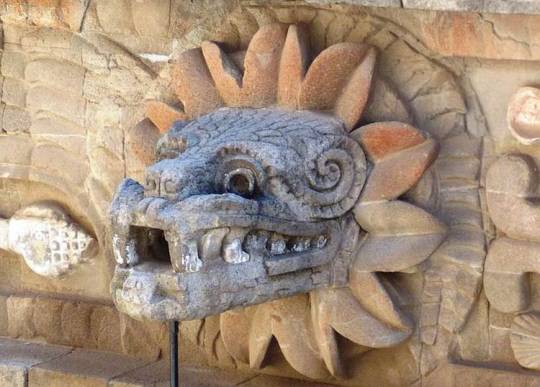
Quetzalcóatl (pron. Quet-zal-co-at) or 'Plumed Serpent' was one of the most important gods in ancient Mesoamerica. Quetzalcóatl was the god of winds and rain, and the creator of the world and humanity. A mix of bird and rattlesnake, his name is a combination of the Nahuatl words quetzal (the emerald plumed bird) and coatl (serpent).
In Central Mexico from 1200, the feathered serpent god was considered the patron god of priests and merchants as well as the god of learning, science, agriculture, crafts and the arts. He also invented the calendar, was identified with the Morning Star Venus, the rising morning star, he was associated with opossums and even discovered corn (maize) with the help of giant red ant that led him to a mountain packed full of grain and seeds. He was known as Kukulkán to the Maya, Gucumatz to the Quiché of Guatemala, and Ehecatl to the Gulf Coast Huastecs.
Quetzalcóatl was the son of the primordial androgynous god Ometeotl. In Aztec mythology he was the brother of Tezcatlipoca, Huizilopochtli and Xipe Totec. He is the 9th of the 13 Lords of the Day and is often associated with the rain god Tláloc. The god was particularly associated with the sacred site of Cholula, an important place of pilgrimage from 1200, and all round buildings of the Aztec culture were dedicated to the deity.
Read more here
223 notes
·
View notes
